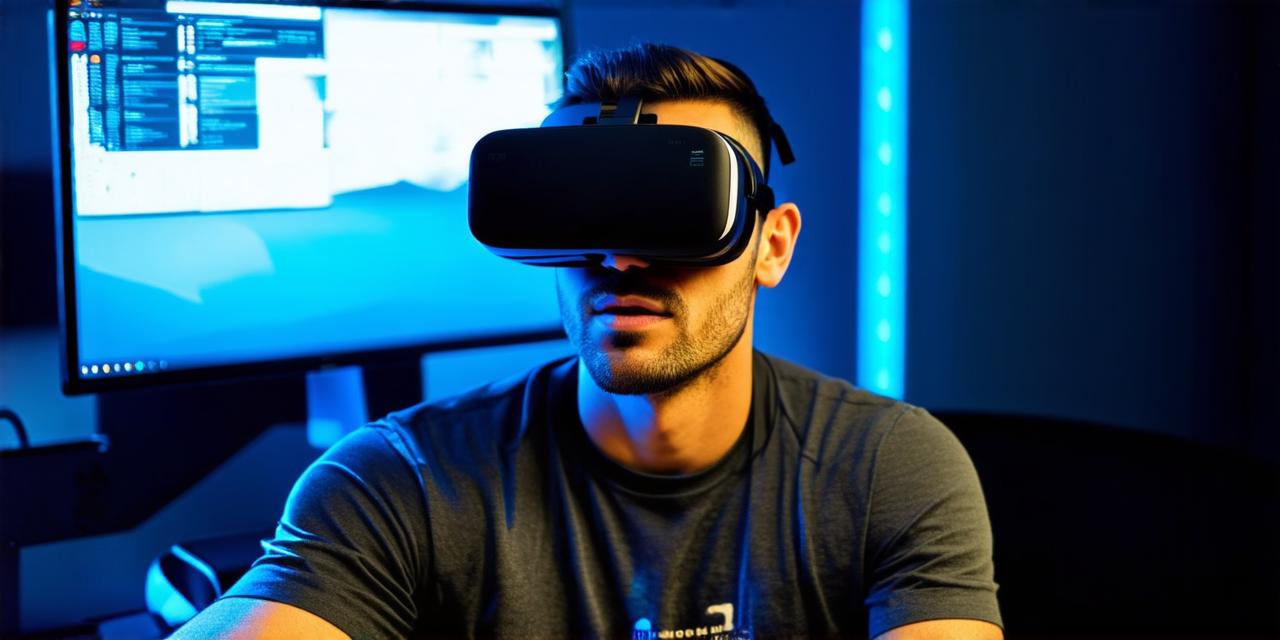The world of virtual reality (VR) technology has come a long way since its inception, and one of the most critical components that enable immersive experiences is the headset. VR headsets have been evolving rapidly over the years, with advancements in design, functionality, and technology leading to increasingly realistic and engaging experiences. In this article, we will explore the history of virtual reality headsets and how they have shaped the development of VR as a whole.
Early Days of Virtual Reality: Simple Goggles and Telescopes
The concept of virtual reality dates back to the early days of computing, with pioneers like Jaron Lanier and Ivan Sutherland experimenting with immersive experiences in the 1960s. One of the first attempts at VR was the “Sword of Damocles,” a head-mounted display that projected a 3D image onto a screen in front of the user. Although crude, it demonstrated the potential for immersive experiences and paved the way for future developments.
In the following decades, VR headsets continued to evolve, with simple goggles and telescopes being used to create early prototypes. These devices were bulky and uncomfortable, requiring users to stand still while wearing them for extended periods. Despite these limitations, they provided a glimpse into the possibilities of immersive experiences and sparked interest in VR technology.
The Rise of Consumer VR: The Oculus Rift and HTC Vive
In recent years, consumer VR has exploded in popularity, with two major players emerging as market leaders: the Oculus Rift and HTC Vive. These headsets represent a significant leap forward in VR technology, offering users a more immersive experience with advanced tracking systems and improved display resolution.
The Oculus Rift, developed by Facebook-owned Oculus VR, was released in 2016 and quickly gained traction among early adopters. Its innovative design features a wireless headset with built-in sensors that track the user’s movement, providing a more realistic experience. The Oculus also boasts high-resolution displays, which offer a clearer, more immersive visual experience.

HTC Vive, developed by Taiwanese electronics manufacturer HTC, was released around the same time as the Oculus Rift. It offers a similar level of immersion, with its wireless headset featuring advanced tracking technology and high-resolution displays. Both headsets have been well-received by consumers and developers alike, leading to widespread adoption of VR in various industries.
The Future of Virtual Reality: Wireless Headsets and Eye Tracking
As VR technology continues to advance, we can expect to see even more improvements in VR headset design and functionality. One area of particular interest is the development of wireless headsets, which eliminate the need for cables and provide users with greater freedom of movement. This technology is still in its early stages, but it has already shown promise in the form of devices like the Oculus Quest 2.
Another area of innovation is eye-tracking technology, which allows headsets to track the user’s gaze and adjust the visual experience accordingly. This technology has the potential to improve the realism of VR experiences by allowing users to interact with virtual objects in a more intuitive way. It also has applications in areas like gaming, where players can control their avatars using only their eyes.
Conclusion: A Rich History of Virtual Reality Headsets
The history of virtual reality headsets is a testament to the rapid advancements in VR technology over the years. From simple goggles and telescopes to the sophisticated wireless headsets we see today, these devices have played a critical role in shaping the development of immersive experiences. As technology continues to evolve, we can expect to see even more improvements in VR headset design and functionality, leading to increasingly realistic and engaging experiences for users around the world.
FAQs:
Q: What was the first virtual reality headset?
A: The Sword of Damocles, developed by Jaron Lanier and Ivan Sutherland in the 1960s.
Q: When were the Oculus Rift and HTC Vive released?
A: The Oculus Rift was released in 2016, while the HTC Vive was released around the same time.
Q: What is wireless headset technology?
A: A headset design that eliminates the need for cables, providing users with greater freedom of movement.
Q: What is eye-tracking technology?
A: Technology that allows headsets to track the user’s gaze and adjust the visual experience accordingly. It has applications in areas like gaming, where players can control their avatars using only their eyes.
